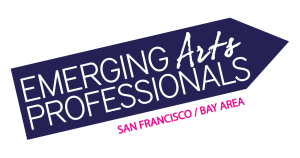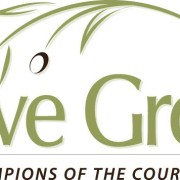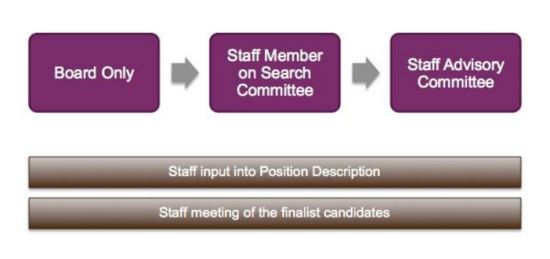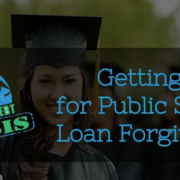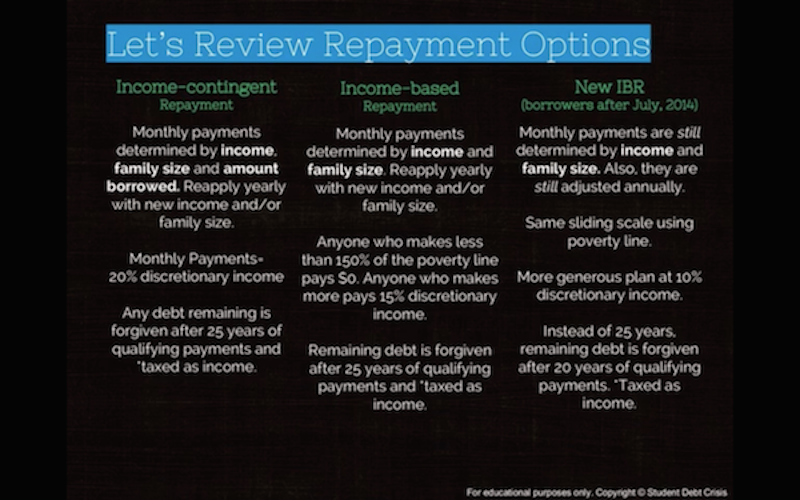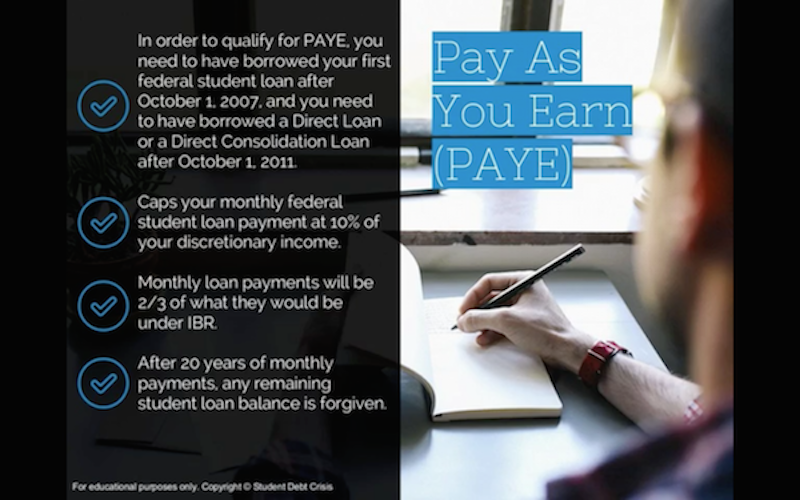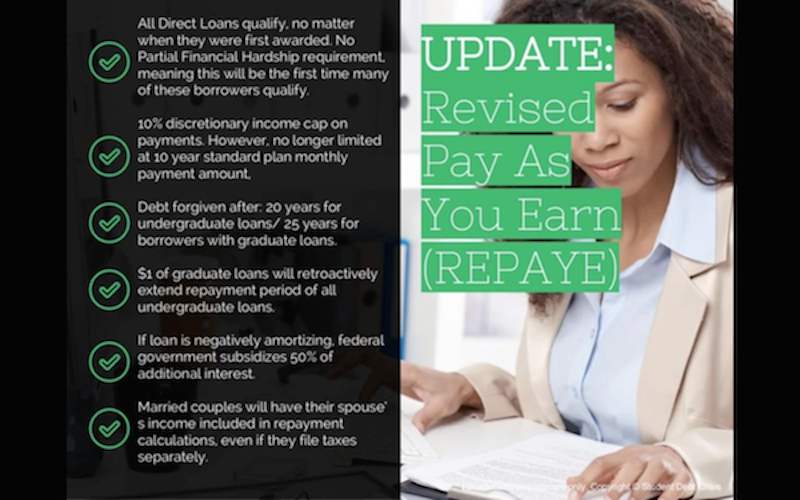Tailoring the Transition Process: When to Engage Staff & Board
Olive Grove has worked with over a hundred organizations on succession and transition planning over the past ten years and no two processes are the same. Some involve a sudden departure followed by a panicked hunt for an exact replica of the departing leader – or a unicorn of a person who has a rainbow of superior talents. Others involve a founder handing over their life’s work to a carefully vetted leader with nervous excitement and hope. And still others involve years of cultivating a staff member to learn the organization inside and out for a seamless transition. In any scenario, the process of transition and succession must be tailored to the unique needs of the board and staff, while representing the values of the organization.
The Living Transition Plan, drafted by Dancers’ Group and CompassPoint, provides a strong starting point for staff to take on the process of replacing a valued colleague. It outlines the key activities involved in any succession planning process, including:
- Defining your values: In order to find the right person for a role, the organization must first have a clear understanding of itself. Values should represent the historical and present patterns and actions of the organization. Here are two exercises to help you understanding your organizational values: Values Exercise and Historical Mapping Exercise.
- Gathering information: Information gathering helps an organization to understand its goals, priorities, opportunities and risks perceived by those within and outside of your organization. This information will directly inform the qualifications and immediate goals of the new hire.
- Mapping knowledge sharing: Some information lives only in the minds of the outgoing employee and organizations don’t always have a clear system for transferring that information. See our Knowledge Sharing Tool for a resource.
- Developing a Succession Planning document: Once you have defined your values, gathered information from internal and external resources, and captured the knowledge within the organization, the next step is to create a document for the transition of key roles in case of a sudden departure. As outlined in The Living Transition Plan, questions should explore: qualities of a leader; desired shifts in an organization’s culture / structure; financial impact of a transition; knowledge transfer; process for selection of a new employee; communication around the departure; training / onboarding; celebration of the outgoing employee; and other elements of the organization that will be affected by the transition.
- Executive Search considerations: Of course, a leader departing will have much greater implications for an organization than other staff members. Thought must go into the decision-making process for selecting the leader, communications to stakeholders, funders and partners, the role of the outgoing leader in the future, and how to involve staff in the process.
We have found that the last point – how to involve staff in the process – is crucial in ensuring a successful transition. This can take many forms but essentially staff involvement falls along a spectrum. We have provided a few examples to highlight the various possible forms of staff involvement in an Executive Search process. This spectrum can help you identify the best approach for involving your staff and board members based on your unique situation – especially for high impact searches, such as Executive Directors and CEOs. For case studies highlighting the spectrum click here.
The Board-Only Approach: The Board does not involve staff in the process and makes a unilateral decision on the new hire.
- This approach is best used when the hire is a staff member, rather than a leader, and the team was previously ineffective.
- For an executive transition, this approach is best used when an organization is in extreme situations of transition or turmoil and requires decisive leadership.
- Be cautious of this approach. Even in some instances of extreme turmoil, staff still has valuable input to contribute to the qualities of a new leader.
- Make sure the Board truly holds all of the valuable information before moving forward with this approach.
Staff member on Search Committee: A staff member is selected by the Board or elected by staff to join the Search Committee as a representative.
- This approach is best used when an organization has a cohesive staff that can elect a representative and establish a system for providing input throughout the process.
- This can be an effective approach if the board is a high-level advisory board and the staff member can bring complimentary insight on programs and operations.
- This approach ensures some staff involvement but requires that staff is bought-in to this process and trust their representative.
Staff Advisory Committee alongside a Search Committee: Staff form a committee of multiple representatives, or for a smaller staff, all staff members are involved throughout the entirety of the process.
- This approach is best used when staff can provide insight into the culture, history and future direction of the organization in a way the Board cannot.
- This is also a helpful approach during periods of organizational transition and growth, when a new staff member or leader will likely create major shifts to the organization’s strategy and direction.
- This can be an elected or appointed Committee of staff who have regular input and updates on the process and a high level of decision-making in the selection of the candidate.
- For a smaller staff, this can include a process for gathering input from all staff through meetings, surveys, or other methods.
Staff can always provide valuable input in a couple of ways, regardless of the organization’s dynamics:
- Developing position description: Whether input is gathered collectively or individually, staff brings an important perspective to the qualities needed in the new hire. Ensure the focus is not wordsmithing but rather making sure critical points are covered.
- Meeting with candidates: Whether it is a direct superior or the new organizational leader, provide those working with the new hire the chance to meet that person during the later stages of vetting.
It is important to recognize that the Board holds fiduciary responsibility and accountability to ensure strong leadership within the organization. While staff input is valuable and sometimes crucial to the success of the new hire, the Board always has the final decision-making power on the process and selection.
Ultimately, involving staff is a critical step in ensuring the success of the new hire after the search and onboarding processes are over. The level of input can vary and it is up to the Board and senior staff to determine how much input is required for an efficient yet supportive process.
For additional information on Olive Grove and resources for transition / succession planning, please see below.
